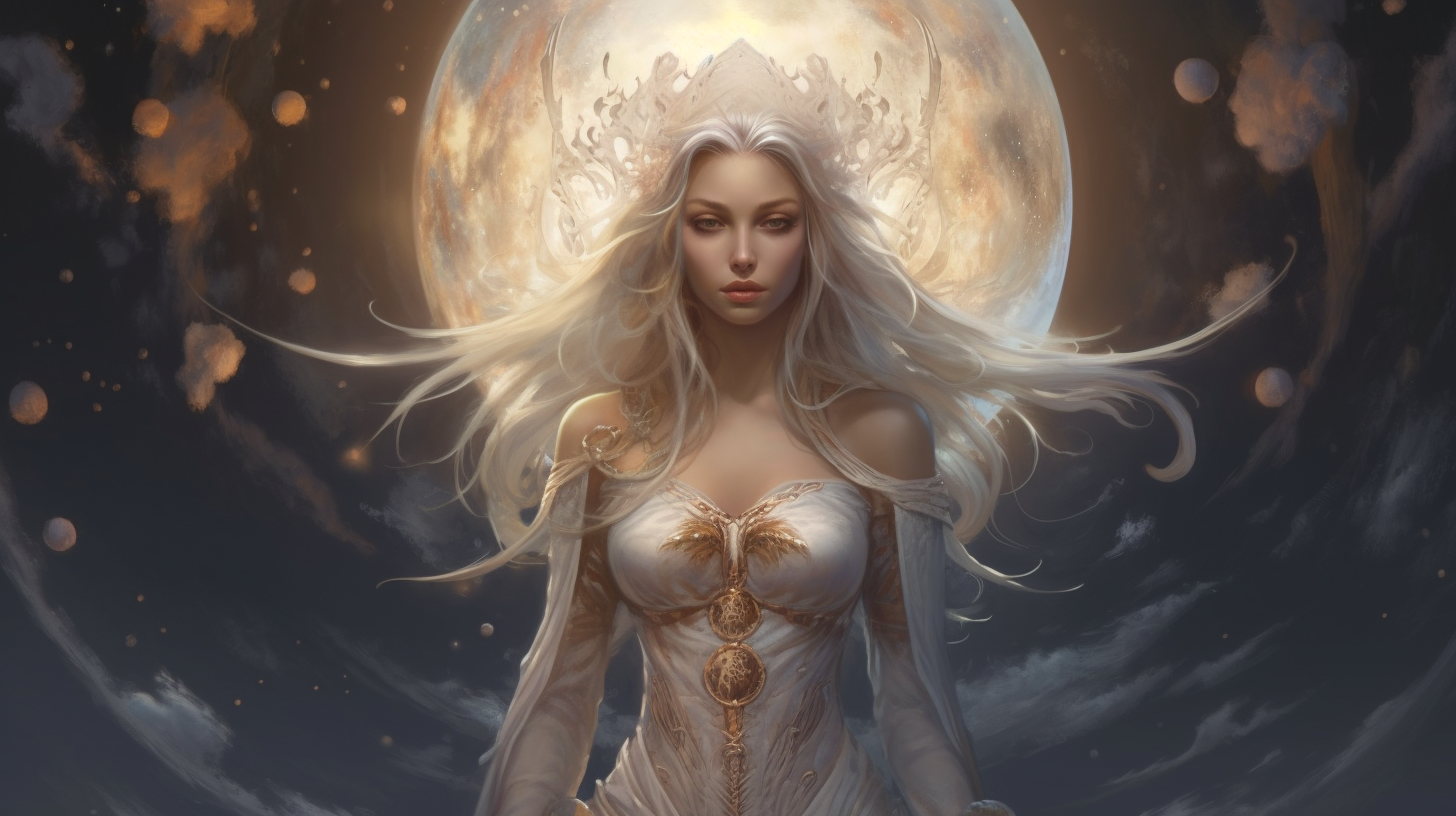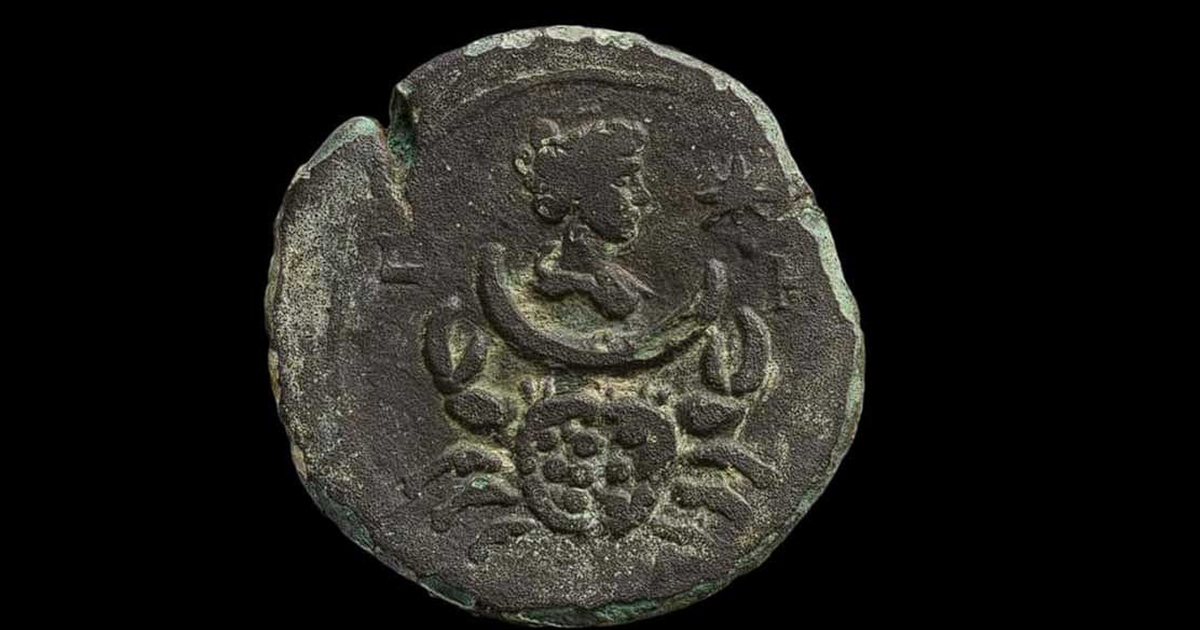Story Introduction:
The Moon, throughout history, has intrigued and mesmerized mankind with its ethereal silver glow embracing our world. It has been a central theme in countless myths, legends, and celestial tales. Amidst the array of captivating lunar narratives, one stands out: the tale of the Moon Goddess Luna. Let’s embark on a journey into the mysterious realms of mythology to unravel the significance of Luna, the celestial deity reigning over the Moon.
Revealing Luna, the Moon Goddess:
In ancient mythologies, Luna held dominion as the revered goddess of the Moon, worshipped by diverse civilizations worldwide. Known by various names like Selene, Artemis, and Hecate, Luna symbolized the divine manifestation of the Moon’s influence and supremacy. Her brilliance illuminated the night sky, while her enigma sparked the imagination of numerous cultures.

The Influence of Luna:
Extending beyond her celestial realm, Luna’s influence was profound. She was believed to govern the tides’ rhythm, steer the fertility and growth cycles, and regulate the enigmatic depths of the human mind. Luna’s essence intertwined intricately with nature, spirituality, and the feminine archetype, often portrayed as a nurturing and empathetic deity.
Portrayals in Culture:
In ancient Greek lore, Luna emerged as Selene, traversing the celestial expanse in her silver chariot, casting her radiant glow upon the earth below. As the sister of Helios, the Sun God, she shared the eternal duty of illuminating the terrestrial realm. Selene’s nightly journey symbolized the cyclical essence of life, demise, and rejuvenation.
In Roman mythology, Luna manifested as the embodiment of the Moon’s influence over earthly matters. Donning a crescent-shaped headdress, symbolizing the Moon’s shifting phases, Romans celebrated Luna through festivities and rituals, acknowledging her role in the cosmic equilibrium.
Luna across Religions and Mysticism:
Beyond classical mythology, Luna’s impact transcended into religious and mystical traditions. In Wiccan and pagan rituals, Luna held a central position embodying the divine feminine and representing natural cycles. The lunar calendar played a pivotal role in determining auspicious timings for ceremonies and rituals.
Moreover, Luna found her place in mystical realms of alchemy, astrology, and divination. The Moon’s position and phases were believed to hold deep significances, shaping human emotions, actions, and spiritual evolution. Her symbolism adorned ancient talismans and amulets, providing protection and guidance to her devotees.
Luna in Contemporary Culture:
While modern times have seen a decline in the worship of Luna as a deity, her essence remains embedded in various facets of contemporary culture. Lunar motifs pervade literature, art, and even popular music. The Moon’s mystique continues to inspire poets, artists, and visionaries, evoking a sense of awe and intrigue.
Scientific Exploration and Luna:
Beyond folklore and mythology, Luna’s influence extends into scientific exploration. Human curiosity and technological advancements have propelled us to venture beyond Earth’s confines, culminating in the historic Apollo lunar missions. These groundbreaking quests not only enriched our scientific knowledge but also heralded a new era of lunar fascination.
Final Thoughts:
Luna, the Moon Goddess, perpetuates an enduring symbol of mystery, splendor, and spiritual communion. Across diverse cultures and epochs, humans have marveled at the Moon’s transformative influence, attributing it to the divine entity known as Luna. Whether as Selene, Artemis, or Hecate, the lunar deity continues to imprint an everlasting impression on our collective psyche. As we gaze upon the night sky, beholding the Moon’s radiance, we are reminded of Luna’s timeless allure, perpetuating the legacy of the Moon Goddess.
